U.S. Herbarium – 2017
Washington DC
United States National Herbarium
The United States National Herbarium was founded in 1848, when the first collections were accessioned from the United States Exploring Expedition (50,000 specimens of 10,000 species). Current holdings total 5 million specimens, making this collection among the ten largest in the world representing about 8% of the plant collection resources of the United States.
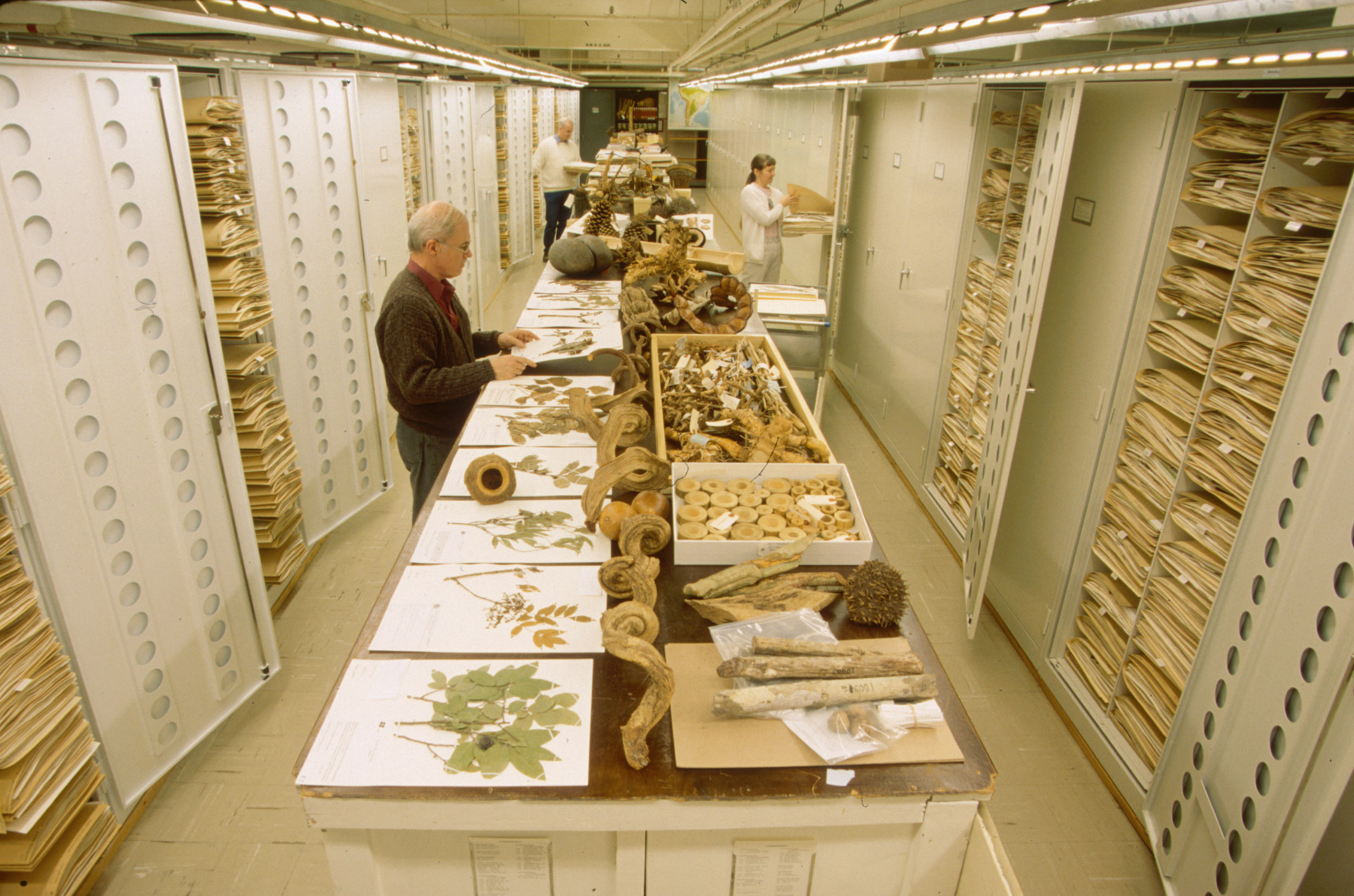
Collection at U.S. Herbarium
The collection encompasses all major groups of plants (bryophytes, ferns, gymnosperms and angiosperms) as well as algae (esp. marine algae and diatoms) and lichens. The fungi were transferred to the National Fungus Collection (BPI). The scope of the collection is worldwide, but with special strengths in the neotropics, North America, Pacific oceanic islands, the Philippines, and the Indian subcontinent.
Many of the plant groups represented in the U.S. National Herbarium rank among the finest and/or largest in the world. The cryptogamic collections all rank as premier collections. The lichen herbarium is one of the largest and best curated collections in the world, numbering about 230,000 specimens. The collection of ferns and fern allies also rates as particularly significant, both in terms of size and scientific/historical value. The collections of algae have increased dramatically over the past two decades and represent an important resource for the study of tropical and subtropical marine taxa. Numbering over 120,000 specimens, the algal herbarium includes microslide and liquid-preserved material, as well as over 4,500 type specimens. The Department maintains extremely active loan and exchange programs. About 50,000 specimens are lent annually to other institutions around the world, while an additional 20,000 specimens are exchanged.
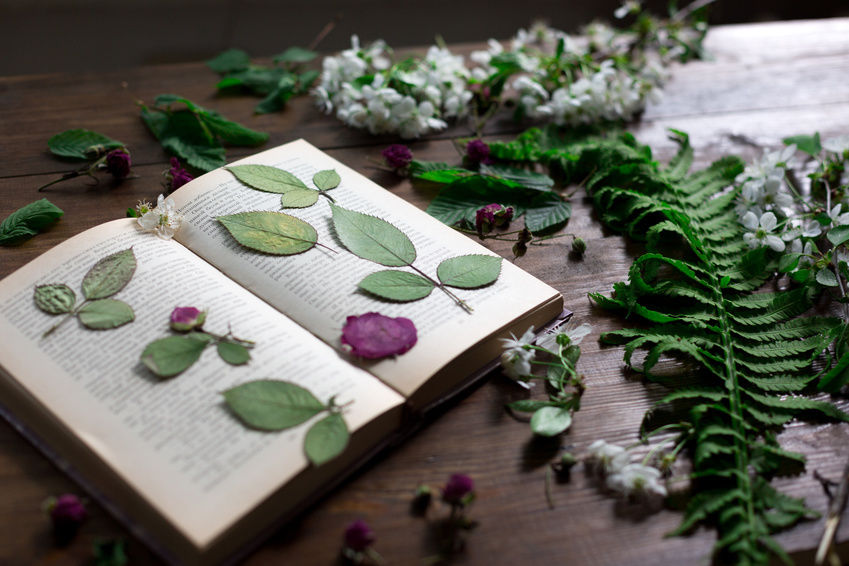
Botany: Biology of Plants
Plant Life Study & Preservation
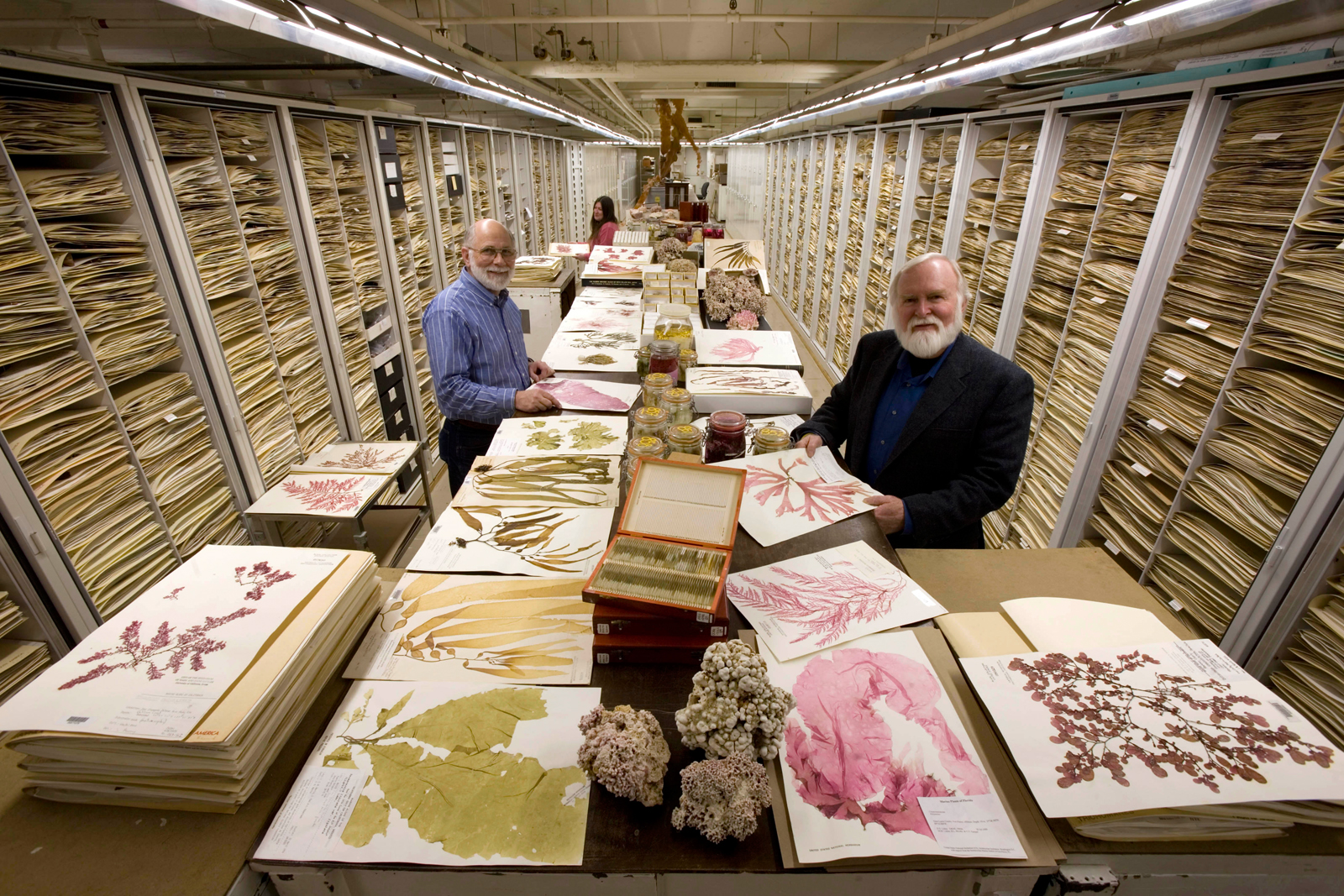
Guidance for Attendees
- Guidance for Attendees.
- Dress Requirements: Business casual is suggested; jeans are acceptable. Suitable shoes are required: they must be completely laced, buckled, zipped or otherwise fastened and have a definite heel. Sandals, loafers, sneakers or other shoes that cannot be fastened are prohibited.
- Womanium will provide gloves and safety glasses, when-if required.
- Flash Photography might be prohibited in certain areas. Photography must be done only with permission.
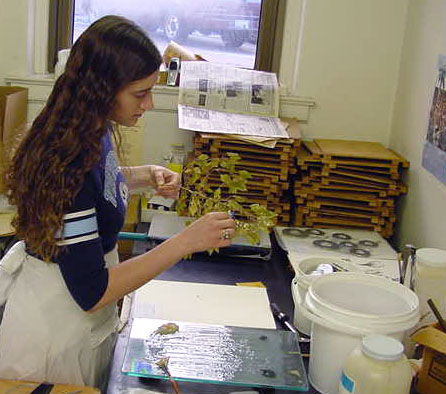
Students can expect to learn the science, biology, origin and natural background of different types of plants, trees, flowers, vegetation and how Botany is done at one the best Herbariums in the world.
Dates
January 2017
Location
- Washington DC USA
Contact
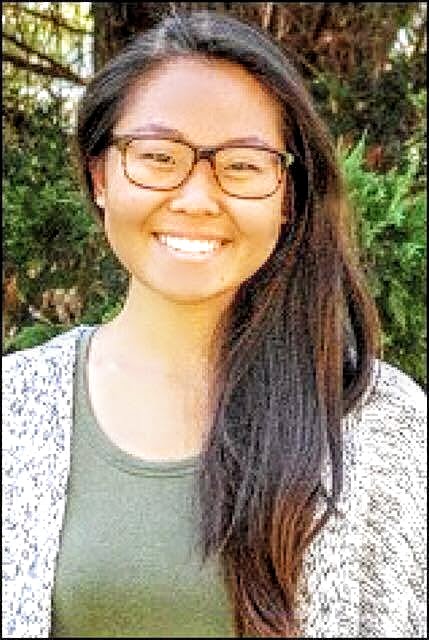
|
Shan Jin |